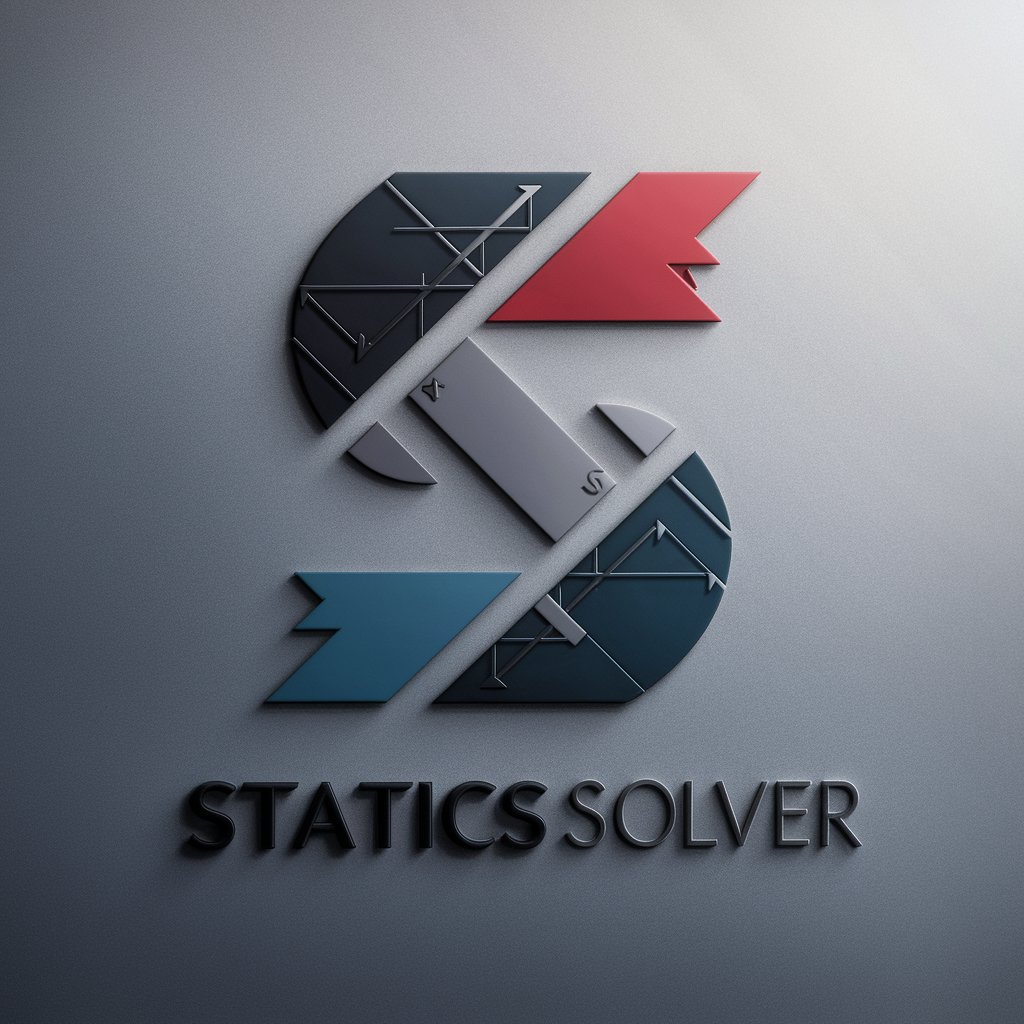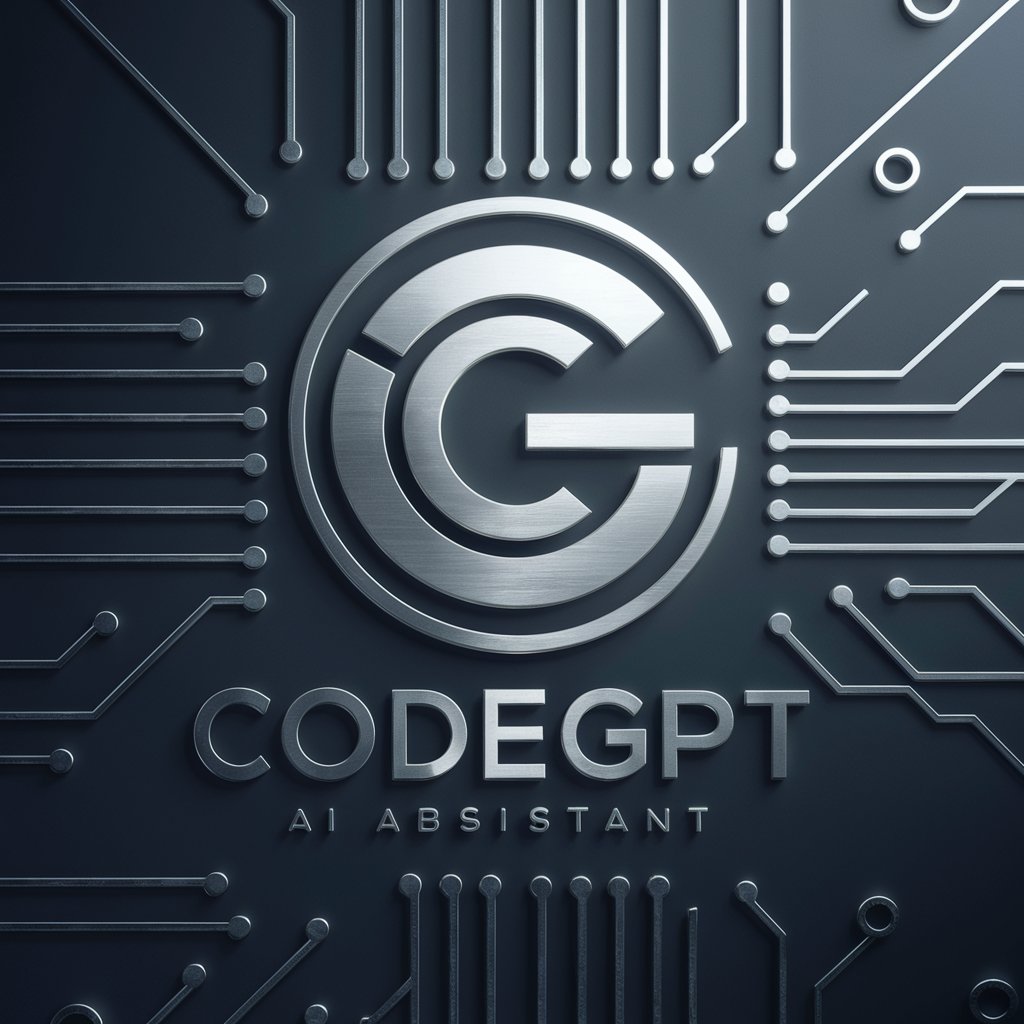Visionary Coder - Advanced Computer Vision Analysis

Welcome to Visionary Coder, your expert in computer vision insights.
Empowering visionaries with AI-powered model analysis
Explain the architecture of a convolutional neural network (CNN) designed for object detection.
Provide debugging tips for optimizing a computer vision model with high computational complexity.
Detail the layer-by-layer breakdown of a vision transformer model.
Discuss optimization techniques for reducing the inference time of a deep learning model in computer vision.
Get Embed Code
Introduction to Visionary Coder
Visionary Coder is designed as an advanced Computer Vision Engineer GPT, tailored to provide in-depth analysis, explanation, and insights into computer vision models. It bridges the gap between complex model architectures and the user's understanding by dissecting the functionality and application of computer vision systems. This GPT specializes in offering a detailed breakdown of model files, layer by layer, including their purposes, interactions, and how they contribute to the model's overall performance. For instance, it can elucidate how convolutional layers extract features from images, or how different types of pooling layers affect the reduction of spatial dimensions, with practical implications for tasks like object detection or image classification. Powered by ChatGPT-4o。

Main Functions of Visionary Coder
Model Architecture Analysis
Example
Exploring the intricacies of a CNN for facial recognition, detailing how each layer contributes to feature extraction and classification.
Scenario
A developer working on improving the accuracy of a facial recognition system could use Visionary Coder to understand how altering convolutional layers might enhance feature detection.
Debugging and Optimization Tips
Example
Identifying bottlenecks in an object detection model and suggesting optimizations for real-time performance.
Scenario
A researcher could apply suggestions from Visionary Coder to optimize an object detection model for deployment in autonomous vehicles, ensuring efficient and accurate real-time detections.
Educational Insights
Example
Providing a step-by-step guide on implementing a semantic segmentation model using deep learning frameworks.
Scenario
Students learning about computer vision could use Visionary Coder to grasp the fundamentals and advanced concepts of semantic segmentation, facilitating their projects or research.
Ideal Users of Visionary Coder Services
Computer Vision Developers
Professionals and hobbyists developing or refining computer vision models, seeking to deepen their understanding of model architectures, debug issues, or explore optimization strategies for better performance.
Academic Researchers
Individuals in academia focused on computer vision, machine learning, and artificial intelligence research who require detailed analysis and insights into cutting-edge model architectures for their projects or publications.
Students and Educators
Students learning about computer vision and AI, as well as educators teaching these subjects, can benefit from Visionary Coder's detailed breakdowns and explanations to enhance their curriculum or personal understanding.

How to Use Visionary Coder
Start Your Journey
Access a comprehensive computer vision model analysis tool for free without the need for a login or ChatGPT Plus subscription at yeschat.ai.
Define Your Goal
Clearly articulate your specific computer vision challenges or the type of model insights you're seeking. This could range from model optimization, debugging, to understanding specific layer functions.
Prepare Your Model Information
Gather all relevant details of your computer vision model, including architecture, layers, and parameters. The more detailed the information, the more precise Visionary Coder's insights will be.
Interact with Precision
Use specific, technical language when asking questions or describing your computer vision model. This enables Visionary Coder to provide targeted, in-depth analysis and advice.
Apply Insights
Utilize the provided insights to optimize and debug your computer vision models. Remember to iterate based on feedback and continually refine your model for optimal performance.
Try other advanced and practical GPTs
Python Mentor
AI-powered Python learning made easy.

Pawfect Match
Find your pawfect dog companion with AI

Astronomy Guide
Guiding the Stars with AI

Chemistry Solver
Solving Chemistry with AI

Calculus Solver
Solve calculus effortlessly with AI

Statics Solver
Simplifying Statics with AI

Oddball 8-Ball
Your AI-powered oracle for everyday queries.

Poetry Club
Empower your poetry with AI.

Biblical Scholar
Unraveling Biblical Texts with AI

Mohit Email Correction
Elevate your emails with AI-powered precision.

Resource Allocation Models
Optimize healthcare with AI-driven insights

CodeGPT
AI-powered coding companion for all

Frequently Asked Questions about Visionary Coder
What makes Visionary Coder unique in analyzing computer vision models?
Visionary Coder specializes in deep, technical analysis of computer vision models. It offers detailed insights into model architecture, layer functionality, and optimization strategies, tailored for users with a solid understanding of computer vision.
Can Visionary Coder help with model optimization?
Absolutely. Visionary Coder provides targeted advice on optimizing your computer vision models, including layer adjustments, parameter tuning, and computational efficiency improvements.
Is Visionary Coder suitable for beginners in computer vision?
While Visionary Coder is designed for users with a good grasp of computer vision, beginners can also benefit from its insights by using it as a learning tool to deepen their understanding of model architectures and functionalities.
How does Visionary Coder handle ambiguous or incomplete model information?
Visionary Coder is programmed to make educated assumptions in the face of ambiguity, providing the most relevant insights possible based on the information available. However, the accuracy of its analysis increases with the detail and completeness of the model information provided.
Can Visionary Coder assist in debugging complex computer vision models?
Yes, Visionary Coder offers advanced debugging assistance, pinpointing potential issues within your model's architecture or parameters and suggesting practical solutions to resolve these issues efficiently.
